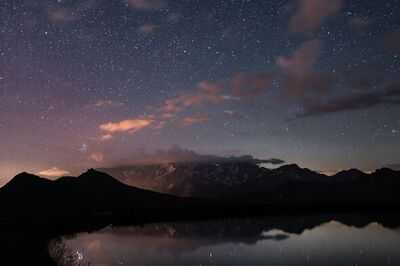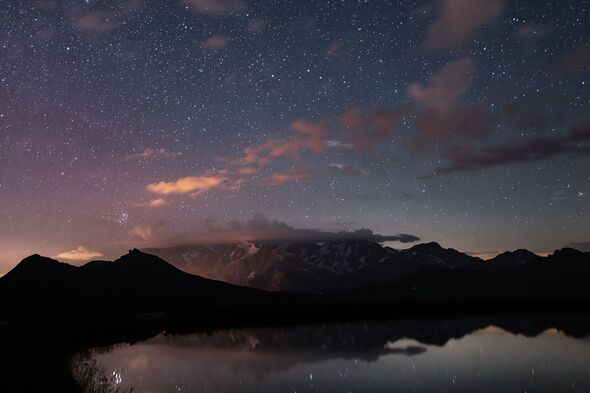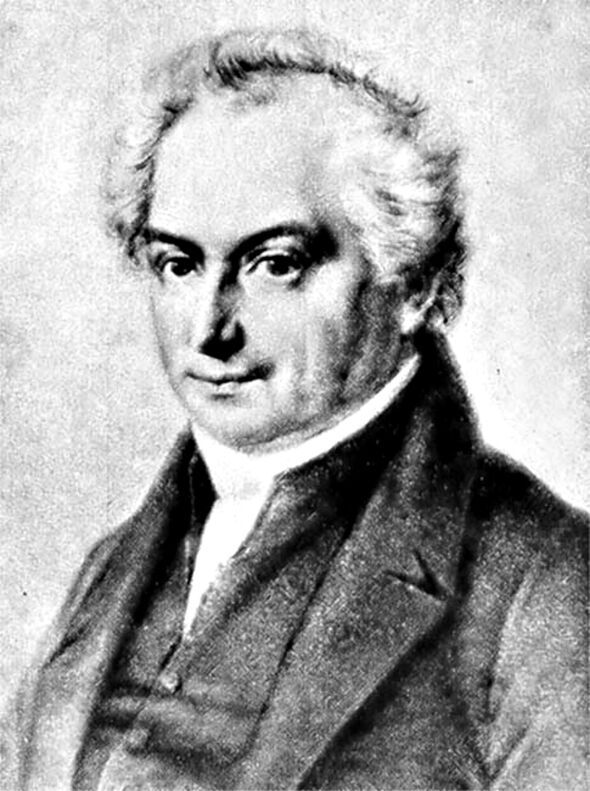

It's an asteroid the size of Germany which would wipe out all human life on earth if it ever hit - which is extremely unlikely to ever happen. The Vesta asteroid has a diameter of more than 300 miles and would release energy equivalent to countless nuclear bombs, causing widespread destruction.
This collision would trigger massive global seismic activity and, if it struck an ocean, it would generate enormous tsunamis. The resulting impact would see vast amounts of dust and rocks thrown into the atmosphere resulting in diminished sunlight. This would then cause a global cooling resulting in a winter expected to last for several years. The temperature would be likely to fall by 36-54°F within weeks before settling and creating a prolonged "nuclear winter"-like climate.
The effects would make Earth largely uninhabitable for humans. If any humans did survive for the first few months after the asteroid's impact, they would face difficult challenges in their quest to survive. The ejection of debris into the planet's atmosphere would block sunlight and cause the collapse of ecosystems.

Scientists believe there may be one positive from the event on the global ecosystem: the dust from Vesta, rich in minerals like iron, could trigger a bloom of ocean plankton within six months of the impact. This would allow other marine animals that feed on plankton or other species that do to thrive in their environment. This combined with the fact that there would no longer be large-scale fishing on an industrial level would give survivors a viable and plentiful food source.
Vesta was first discovered on March 29, 1807, by German astronomer Heinrich Wilhelm Matthias Olbers, who had previously discovered the Pallas asteroid five years earlier. He is known for formulating Olbers' paradox, which questions why the night sky is dark if the universe is infinite and uniformly filled with stars - although other scientists also worked on this theory. Olbers allowed his friend Johann Carl Friedrich Gauss the honour of naming Vesta - Gauss was one of the founders of geophysics and director of the Göttingen Observatory in Germany. Gauss chose to name it after the virgin goddess of home and hearth in Roman mythology.
Vesta is the brightest asteroid visible from Earth, with the widest brightness range of any rocky body in our solar system. The asteroid is considered the last remaining rocky protoplanet from the early solar system - with an interior similar to terrestrial planets. Vesta features a series of three adjacent craters known as the "snowman craters," which form a snowman-like appearance on its surface.

In 1966, Vesta became the first asteroid to have its mass determined through observations of its gravitational effects on other asteroids. NASA's Dawn spacecraft orbited the asteroid Vesta from July 2011 to September 2012 - it was the first spacecraft to orbit two objects in space (Vesta and later Ceres, another asteroid which is actually far bigger than Vesta).
It's important to be clear that Vesta is not expected to collide with Earth. But while scientists agree this is highly unlikely, they also agree that an asteroid of this size hitting the planet would be catastrophic. The Chicxulub impact, when an asteroid crashed into Mexico 66 million years ago, is believed by many to have wiped out the dinosaurs and caused a large temperature drop for decades after its initial crash which proved extremely problematic for life on Earth at that time.
A Vesta-sized impact (which is several times larger than the Chicxulub imapct) would be exponentially more devastating, with cooling magnitudes likely exceeding all recorded climate events in Earth's history.
The Chicxulub impactor was only six miles wide and, as well as wiping out the dinosaurs, also caused tsunamis so large that the Great Plains in the heart of what is now the USA were overwhelmed with water.
Vesta is currently in the asteroid belt, along with millions of other asteroids. Of course, while Earth has been hit many times by asteroids (in 2013, the Chelyabinsk meteor shattered over Russia with huge force, smashing windows on the ground) no one is suggesting that Vesta will ever collide with the planet.
Interestingly, according to experts, it's not these huge asteroids we should be worried about anyway, reports Discover magazine. It's the smaller ones, measuring around 140 metres or more in diameter. These are harder to spot and there are many, many more of them. According to NASA, the current known asteroid count is 1,284,478.